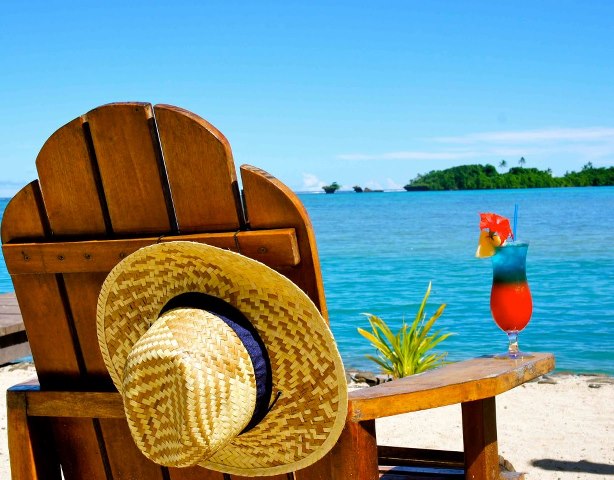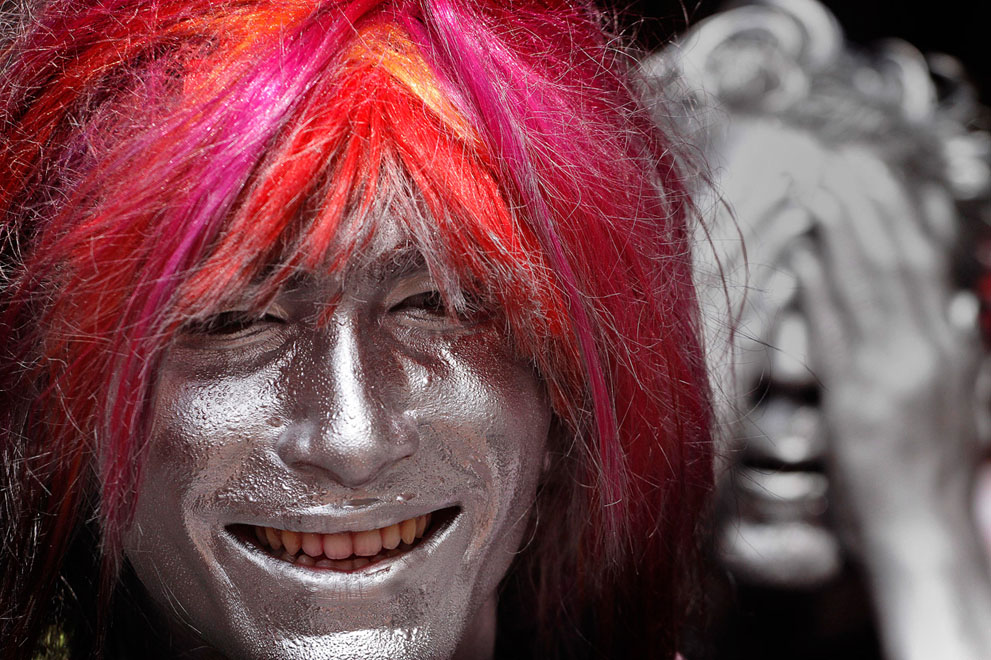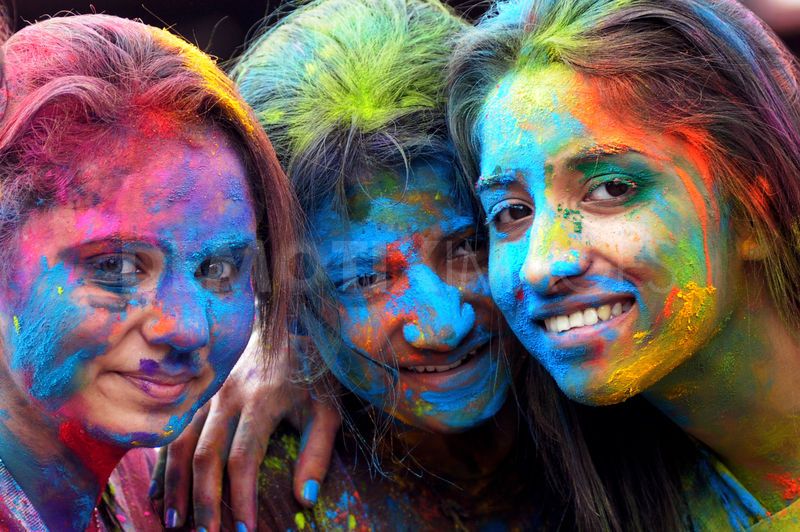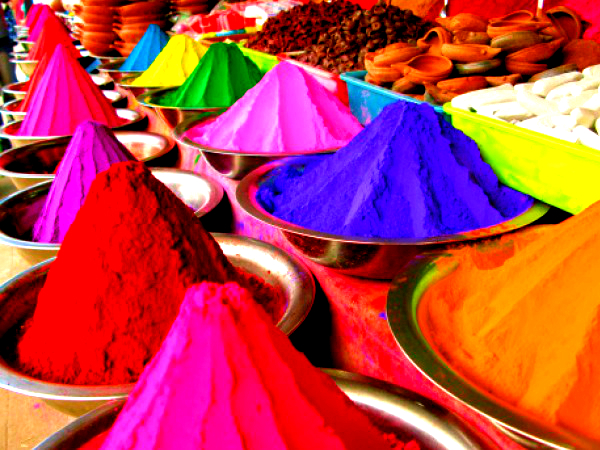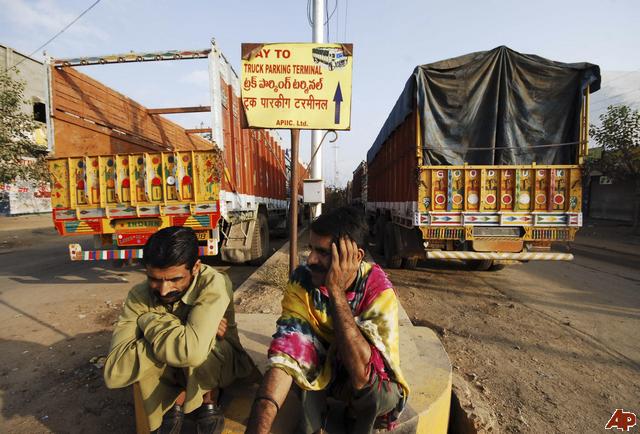A celebrity nutritionist gives diet tips for the hottest months of the year. Follow his guide for a happy summer.
 by Sandeep Sachdev, celebrity nutritionist, Fitness First India
by Sandeep Sachdev, celebrity nutritionist, Fitness First India
The summer season hurts us in more ways than one. Apart from cloying heat and profuse sweating, the summer saps us of our strength and makes us lethargic.
Plus, we do ourselves no favours by eating and drinking the wrong things in this season. While soft drinks and ice creams normally trump healthy food and drinks, we must ensure that we eat and drink the right things to stay fit and beat the heat.
The problem of effective nutrition is compounded for those who work out and exercise heavily. What should one eat post a workout? What is the best food to eat right after exercise? How much water is too much for the body?
But it’s quite simple, really. Just follow my diet chart for the summer and you’ll be fit all through this season. Start with these fruits:
Watermelon, orange, sweet-lime: They have high water content, and they help prevent dehydration.
Apple: Helps boost immunity to combat weather changes.
Banana, guava: Help improve digestion.
Blueberries: They are low in calories and high in antioxidants. 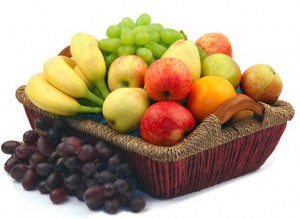
Mangoes: These luscious fruits are rich in Vitamin C and beta carotene.
Papaya: This fruit is good for digestion.
Litchi: Rich in vitamin C, this fruit has a good cooling property.
Also try these vegetables:
Cucumber: For its high water content, it is ideal for summers.
Sprouts: They are high in fiber.
Spinach: It is a great source of magnesium and folic acid.
And some general tips:
– Keep yourself hydrated and have fruits that are high in water content. Fruits such as apple, pear, pineapple, mango, watermelon, melon or strawberries and raspberries are rich in water and less sweet.
– I can’t stress this enough: avoid oily and spicy food.
– Have fresh juices and avoid preserved fruit juices and aerated drinks.
– Make a smoothie with fruits or yoghurt to cool the system.
What did you think of Sandeep Sachdev’s summer diet chart? Share your food and drink tips for the summer in the comments section below.
(Pictures courtesy Fitness First India, journalweek.com, www.facebook.com)
